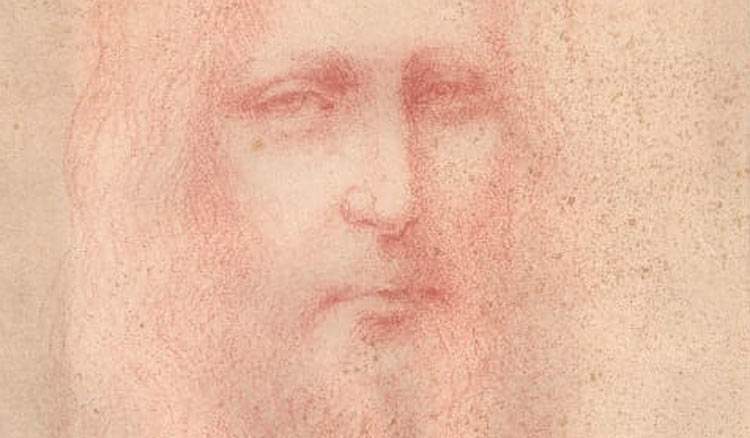The attribution to Leonardo da Vinci (Vinci, 1452 - Amboise, 1519) of a drawing (in a private collection in Lecco) formulated by an associate of the Unesco Center in Florence (a non-profit organization that carries out cultural and social promotion activities according to Unesco principles), Annalisa Di Maria, of whom there are no scientific publications on Leonardo, has caused quite a stir: the communiqué that Di Maria sent to the press last Monday was taken up and circulated without hearing the opinion of experts and without even waiting for the sending of the “more than 60-page study” (so said the communiqué) promised by Di Maria. However, many scholars belonging to the scientific community, as soon as they saw the image of the drawing, immediately lashed out against the attribution, and the news was greeted with general skepticism: at the moment no member of the scientific community has spoken in favor.
We reached out to one of the most influential Leonardo da Vinci scholars, Pietro C. Marani, to get his opinion on the paper. Marani, trained at the universities of Milan and Florence, is president of the Ente Raccolta Vinciana in Milan, a member of the Milan National Commission, a professor of modern art history at the Milan Polytechnic, the scientific head of Leonardo’s drawings at the Biblioteca Ambrosiana in Milan, and his resume includes numerous scientific publications on Leonardo da Vinci, scientific cataloguing, as well as several exhibitions (he curated, among others, the exhibition of Leonardo’s drawings and manuscripts held in 2003 at the Metropolitan in New York and the Louvre, and, together with Maria Teresa Fiorio, the major exhibition on Leonardo held in 2015 at the Palazzo Reale, Milan).
“Granted that a more articulate judgment can be made only by examining the drawing from life,” Marani let us know, “I would consider the attribution to Leonardo of this Head unlikely by observing the beautiful image published on the web. The mark seems to me weak and uncertain, the sfumato in smell of ’academy’ and I do not see particular traits typical of an artist who draws ’left-handed.’ The hairline makes the hair look like a wig, with an almost ridiculous effect, and, moreover, the eyes, pupils and eyelids, are not as Leonardo would have drawn them. My impression is that this is a much later imitation drawing.”
One of the first art historians to comment on the drawing was Andrea De Marchi, a professor of medieval art history at the University of Florence, a scholar of painting, drawing and miniature between the Gothic and Renaissance periods, and curator of numerous exhibitions on Renaissance artists (together with Francesco Caglioti he curated last year’s major exhibition on Verrocchio at Palazzo Strozzi). We also heard from him to find out the reasons for his opposition, and this is what he told us: “I know this drawing only from a photograph, and normally one should express oneself only on works examined de visu. In this case, however, Leonardo’s authorship can be categorically excluded even on the basis of a photograph alone. Leonardo had trained with Verrocchio and always starts from a clear identification of volumes, which is then sensitized to light by oblique hatching, from left up to right down, as a left-hander. Here the face emerges from an indistinct flou where those typical oblique strokes are uncertainly and intermittently recognized, with an uncertainty of ductus incompatible with a Leonardo autograph. The idea of facial features emerging from an indistinct shadow is a parody of the otherwise subtle, articulate and reasoned concept of Leonardo’s chiaroscuro, to the point of suspecting that it is a programmatic, clumsy and unreliable forgery. Perhaps quite recent.”
Pictured is the drawing attributed to Leonardo on which, however, no member of the scientific community has commented favorably.
 |
 |
| But is this really Leonardo da Vinci? No: it is a much later imitation drawing |
Warning: the translation into English of the original Italian article was created using automatic tools. We undertake to review all articles, but we do not guarantee the total absence of inaccuracies in the translation due to the program. You can find the original by clicking on the ITA button. If you find any mistake,please contact us.